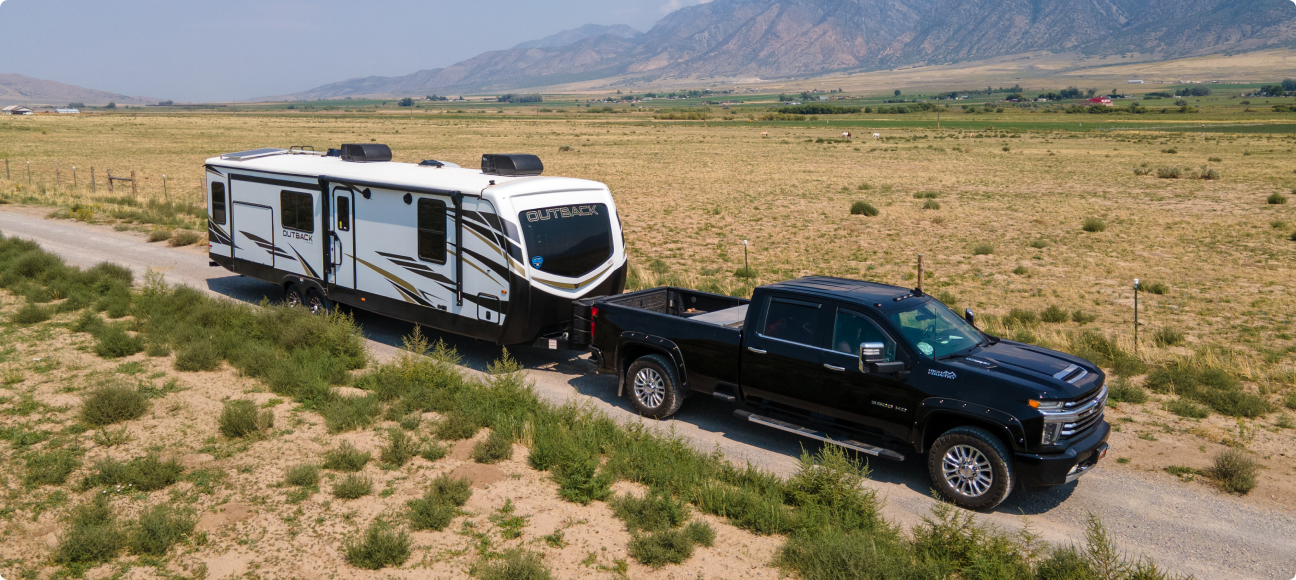Seasoned travelers know the benefit of having a good roadside assistance plan. It protects you, your vehicles, and your wallet. Because, beyond the fifty-mile radius of your home and local repair shop, a roadside breakdown can be a serious damper on your plans.
A roadside assistance plan provides you with timely help to get you back to your trip without costing you the family farm. But plans differ, and you should pick a plan based on what best fits your needs. But just how well do you know what’s best for your situation when it comes to travel? Join us as we help evaluate what the best roadside assistance plan might be for you.
Good Sam Roadside Assistance offers six unique plans for RVs and autos to ensure you get the best coverage you need without paying for anything you don’t. Explore these plans and keep them in mind to determine what might be best for you.
How do you travel, and how often?
Roadside assistance plans are most beneficial to those traveling in rented or owned vehicles. Trucks, cars, RVs, or rentals–if you use any of these as a primary form of travel for work or vacation, your need for a roadside assistance plan increases.
Roadside assistance can be a game-changer for things as small as a battery jump or as significant as getting help when stranded on the side of the road, miles from help. The more you drive, the more often you’ll experience issues. If you travel frequently, find a plan that doesn’t have limitations on incident coverage year to year.
For those who primarily fly for vacation and often use public transportation to travel to and from work, roadside assistance might not be at the top of your priority list. But that doesn’t mean it still can’t be helpful. In fact, a single incident will often pay for the annual cost of a Good Sam Roadside Assistance plan.
What roadside assistance do I need for additional vehicles and trailers?
Roadside assistance plans differ in their coverage for different types of vehicles. For example, some plans will offer coverage for RVs and autos, or autos and sports trailers, or potentially just autos and no trailers. It all depends on the plan. Prices will vary based on the plan, too, and there may be restrictions on the number of vehicles covered under one plan. This is why it’s essential to understand the detailed coverage included with your roadside assistance plan.
So what vehicles and setups do you need coverage for? More importantly: is the plan you choose really capable of servicing your vehicle types? If you are traveling in a fifth-wheel or motorhome, these require a different type of towing truck during a breakdown. And miscommunication between you and the provider about plan details could lead to a situation where you are stuck for an extended period of time.
And it’s not just vehicle types, too. Consider whether the roadside assistance plan offers coverage for borrowed vehicles or rented vehicles. Otherwise, you could be driving in a situation you think you have coverage but don’t. The same goes with multiple vehicles: if you want coverage for the whole family and their vehicles, make sure you can include them in your plan of choice.
Good Sam Roadside Assistance offers its members a Platinum+ RV plan, which includes all borrowed, leased, or rented vehicles, including cars, trucks, SUVs, travel trailers, motorized RVs, and fifth-wheels. This plan fits almost all roadside coverage needs, but if you are operating a non-standard travel rig, it’s still recommended to discuss coverage with a representative.
Do I need roadside assistance if I rent vehicles or RVs?
Some roadside assistance plans cover rental vehicles. And even though it’s not your car or vehicle you are protecting, it could still be an added advantage when traveling. This is especially true when renting a car to travel significant distances or renting an RV to camp out.
Consider traveling in an unfamiliar vehicle when something goes wrong–a flat tire, a strange sound, or the car won’t start. On a car you know, you might be able to diagnose the issue right away. But, now, you’re out of your element. The help of a roadside assistance technician can help fix the problem and alleviate any worry of causing any further issues.
The same is true with a rented RV. Don’t risk trying to fix something on your own or replace a flat tire on your own when a service provider can handle that, free of charge.
Where do you plan to travel?
Roadside assistance plans aren’t varied based on how far you drive, but your coverage availability could be affected by where you travel.
Roadside assistance providers work with local service shops and towing services to provide national coverage for members. But not all providers offer the exact extent of coverage in all parts of the country. And some providers may provide better national service than others.
Inquire from the provider about the kind of coverage offered, especially in a national context. Good Sam Roadside Assistance works with over 30,000 independent towing services and technicians to offer widespread access across the U.S. (including HI and AK), Canada, and Mexico. This also reduces waiting time when stuck because you’ll likely be closer to a service provider.
The best roadside assistance plan puts your experience first, taking into account your unique risk factors based on where you travel, how often you travel, and your vehicle setup. Good Sam’s Roadside Assistance plans are designed with travelers in mind, so you can have the peace of mind wherever you go.

